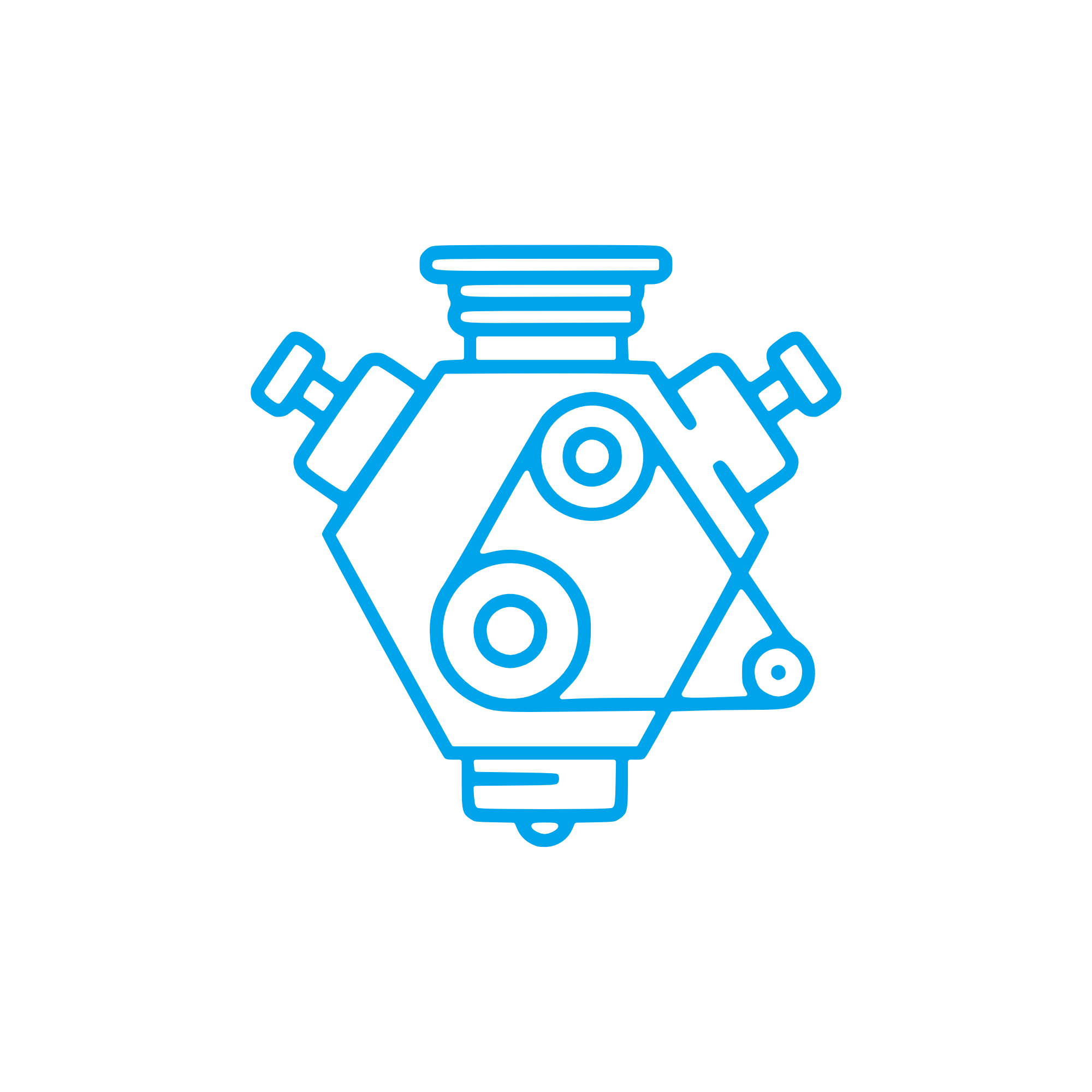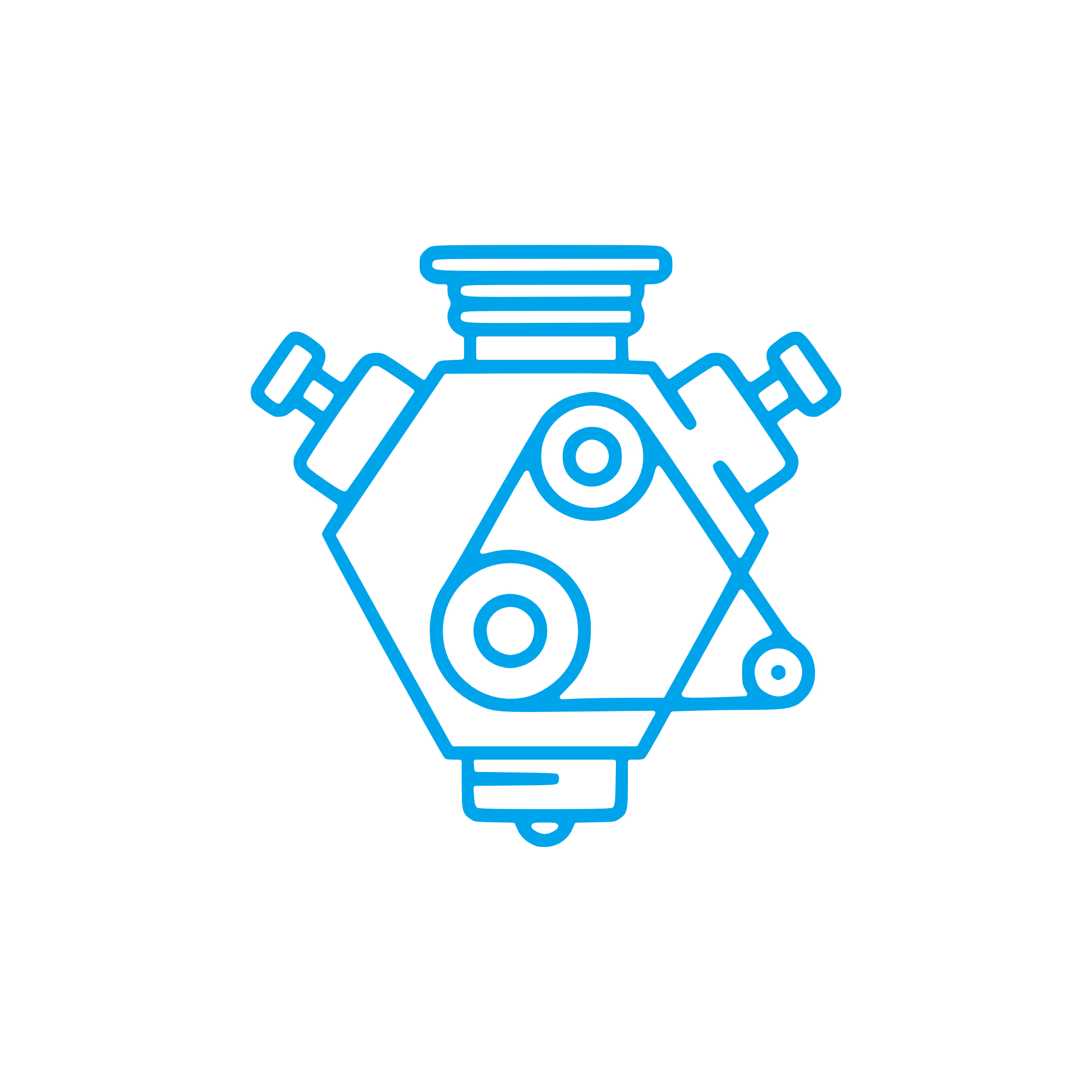BEARING CAP and Engine Drive Components
Engine drive components form the mechanical backbone that transfers combustion energy into usable shaft power. This article category includes everything that keeps rotational motion precise and efficient: crankshafts and their BEARING CAP assemblies, connecting rods, flywheels, timing gears or chains, couplings, and accessory drives. In large diesel and gas engines—whether for propulsion or power generation—these parts dictate how reliably torque is delivered, how efficiently fuel is converted to work, and how safely the engine operates under continuous load.
While drive systems are always a coordinated set of parts, the BEARING CAP is a standout element within the assembly. It clamps and locates the replaceable bearing shells around crankshaft or camshaft journals, ensuring oil-film integrity and perfect alignment over thousands of operating hours. Together with the crankcase or connecting rod body, the cap defines the geometry that makes efficient hydrodynamic lubrication possible. As a result, it directly influences friction losses, temperature control, noise and vibration behavior, and the longevity of the entire engine.
Technical function of engine drive components and the BEARING CAP in a diesel engine
The drive train converts reciprocating piston motion into rotational output, maintains timing, and transmits torque to the application. Key contributors are the crankshaft and main bearings, connecting rod assemblies, camshaft drive (gear or chain systems), flywheel and torsional vibration damper, and output couplings. Each component must maintain tight tolerances under cyclic loads, thermal expansion, and dynamic bending to prevent misalignment and surface distress.
At the heart of this system, the BEARING CAP in a diesel engine or marine engine secures the semi-circular bearing shells against the corresponding saddle in the block or rod. Bolted with specified torque and, often, a torque-angle method to achieve correct bolt stretch, the cap provides the “crush” that locks the bearing shells in place and prevents rotation. Dowel pins or side fits align the cap, while tangs on the shells ensure correct seating. When properly installed, the assembly creates a precisely controlled radial clearance that supports a stable hydrodynamic oil film—a pressurized wedge of lubricant that keeps metal surfaces separated even at peak cylinder pressures.
Main bearing caps and connecting rod caps are typically manufactured from high-grade cast iron or forged steel and are finish-machined after fitment to the crankcase or fractured rod, often by line-boring or honing. This ensures journal alignment across multiple bearings, minimizing edge loading, fretting, and heat generation. In modern applications, BEARING CAP design also considers oil supply channels, anti-cavitation features, and weight optimization to reduce stress risers and improve NVH behavior. In short, a correctly engineered and installed BEARING CAP OEM parts set is foundational to stable bearing performance and, by extension, to engine efficiency and reliability.
- · High load-carrying capability under cyclic combustion forces.
- · Precision alignment to maintain consistent oil-film thickness.
- · Robust materials and heat treatment for fatigue resistance.
- · Optimized lubrication pathways to reduce friction and wear.
- · Tight dimensional tolerances for predictable clearances.
- · Vibration control through rigid clamping and correct bolt stretch.
- · Service-friendly design that supports accurate measurement and reassembly.
- · Corrosion protection and surface integrity for long service intervals.
BEARING CAP in marine engine and gas engine applications
In a marine engine, the BEARING CAP faces continuous-duty cycles, fluctuating loads from sea states, and stricter requirements on uptime. Cap “walk,” bolt relaxation, or bearing crush loss can quickly escalate into bearing wipe, reduced oil pressure, and crankshaft journal damage. In gas engines, higher combustion stability and different detonation characteristics demand equally stable bearing geometry to avoid micro-motion and fretting. For both applications, the integrity of the cap-bolt system and alignment of the bearing bore are decisive.
Importance for engine operation and service life
Engine drive components determine whether the engine runs smoothly at rated power or drifts toward costly unplanned downtime. If BEARING CAP clamping force diminishes or alignment is lost, the oil film thins, metal-to-metal contact increases, and temperatures rise. Consequences include accelerated bearing wear, scoring, ovality of journals, and potential bearing spin. Misaligned or worn drive components also affect timing accuracy, raising fuel consumption and emissions while increasing the risk of secondary failures (gear tooth pitting, chain elongation, cracked couplings).
Typical early warning signs are falling oil pressure, rising bearing temperature, abnormal metal debris in filters, and changes in vibration signatures. Proactive maintenance—checking bolt stretch, measuring bearing clearances, and verifying line-bore alignment—extends service life and safeguards the crankshaft and camshaft. In fleet operations, the health of engine drive components directly correlates with vessel availability, charter performance, and total cost of ownership.
Advantages of OEM spare parts suitable for Engine drive components and BEARING CAP
Using OEM spare parts for engine drive components—especially the BEARING CAP assemblies—ensures dimensional fit and material properties that match the engine’s design intent. Tolerances, surface finishes, bolt grades, and heat treatments are aligned with the required bearing crush and oil clearance values. This translates into predictable assembly behavior, reliable lubrication films, and low friction losses after overhaul.
For purchasers and superintendents, the benefits are practical and measurable: quicker installation because parts fit as specified; less rework during line-boring and measurement; consistent performance across maintenance cycles; and improved service life that protects higher-value components like the crankshaft. The alignment between the BEARING CAP and the rest of the drive system also stabilizes NVH, reduces thermal hotspots, and helps sustain fuel efficiency over the full maintenance interval—delivering budget control without compromising safety or uptime.
MOPA as your partner for OEM spare parts in Engine drive components
MOPA is an experienced and reliable partner for OEM spare parts in Engine drive components, including the BEARING CAP for diesel and gas engines. Customers rely on fast response and short lead times, supported by a streamlined supply chain, professional export documentation, and packaging that protects precision surfaces. Quality is assured through rigorous parts traceability and inspection routines so that cap sets, bolts, and bearing shells reach the job site ready for immediate fitment.
Security in trade matters: MOPA provides a stable procurement process with transparent sourcing, technical cross-checks, and proactive communication on availability and alternates. Whether you operate marine engine installations, power plants, or industrial prime movers, MOPA supports planned overhauls and urgent breakdowns with the right OEM parts—on time, every time.
Conclusion: Engine drive components and the BEARING CAP
Engine drive components define the efficiency, reliability, and safety of every combustion engine, and the BEARING CAP is central to maintaining alignment and lubrication in this system. Choosing OEM spare parts suitable for BEARING CAP assemblies and related components preserves performance, extends service life, and protects your maintenance budget by preventing avoidable failures.



